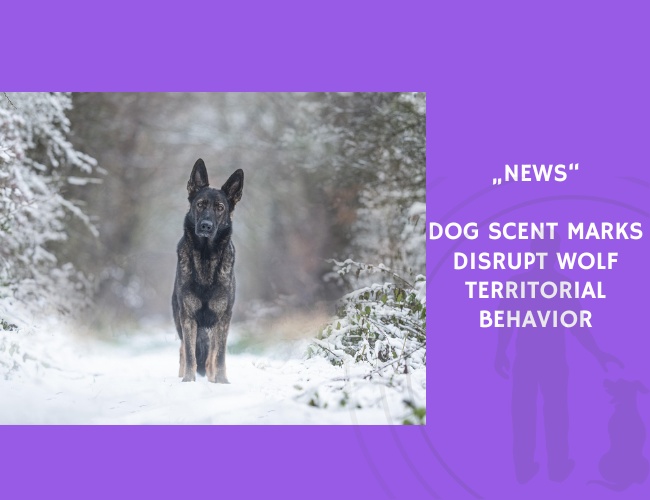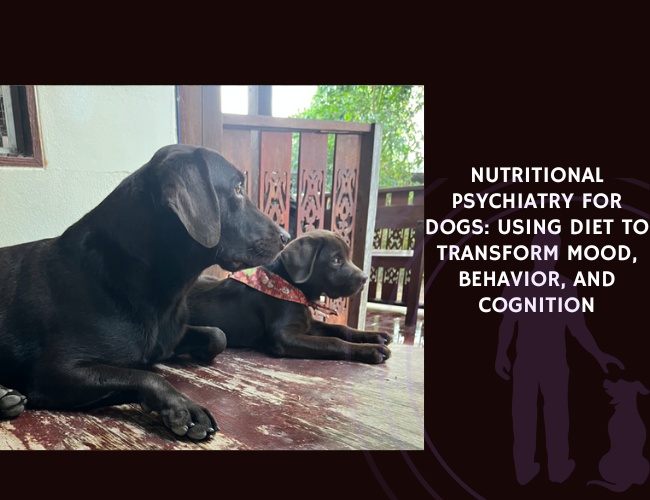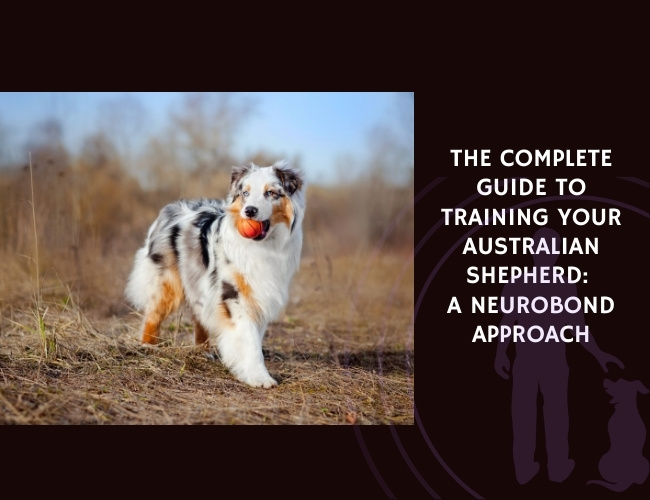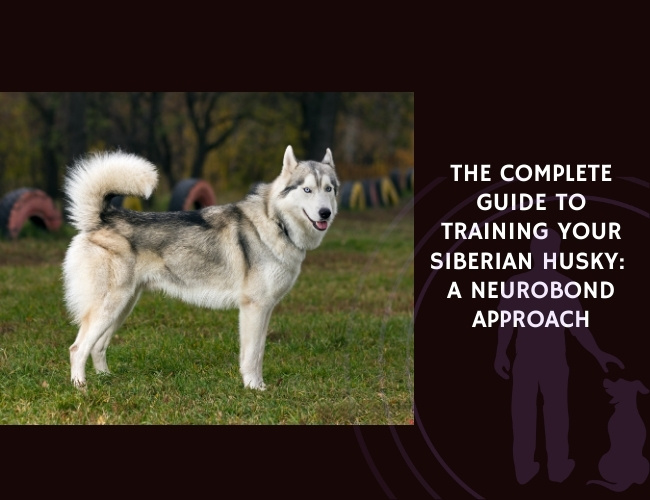K. Stępniak and colleagues (2023) examined how wolves respond to scent marks from domestic dogs within established wolf territories. Using experimental scent-marking with dog urine, wolf urine, and water controls, the researchers monitored wolf behavior with camera traps in Kampinos National Park, Poland.
The study found that wolves responded to dog scent in 16–27% of cases, with juveniles showing higher rates of exploration. Breeding pairs frequently overmarked or ground-scratched dog-marked sites, suggesting attempts to reassert territory. By contrast, wolves spent more time investigating scent marks from unfamiliar wolves than from dogs, indicating they could distinguish between conspecific and domestic dog scents.
These findings highlight how the increasing presence of dogs in wolf ranges may interfere with wolf territorial communication and social structures. For young wolves, inexperience led to more attention toward dog scents, potentially disrupting natural learning of territorial cues. The authors warn that as human–dog activities expand in wolf habitats, long-term impacts could emerge on wolf behavior and ecosystem dynamics.
Source: Stępniak, K., Diserens, T. A., Szewczyk, M., Mysłajek, R., & Kuijper, D. (2023). Communication between wolf and domestic dog revealed from experimental scent marking. Journal: bioRxiv. Publication Date: 2023-06-06. Authors: K. Stępniak, T. A. Diserens, M. Szewczyk, R. Mysłajek, D. Kuijper.










